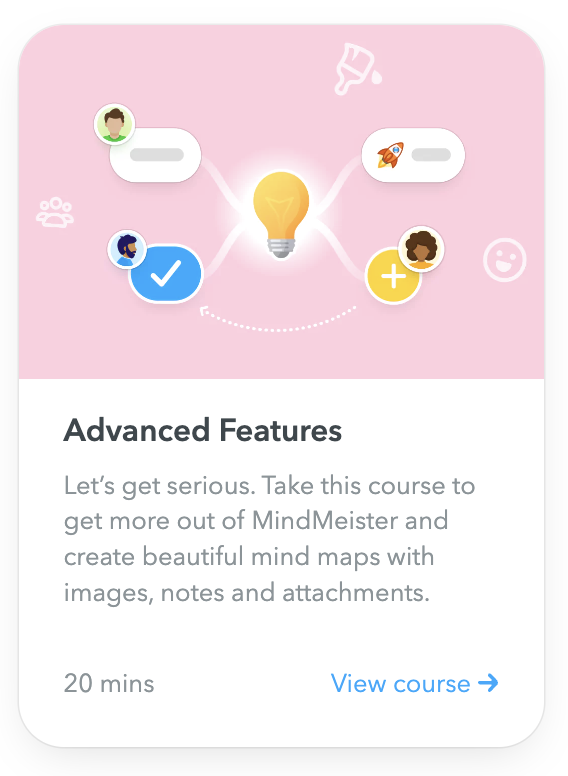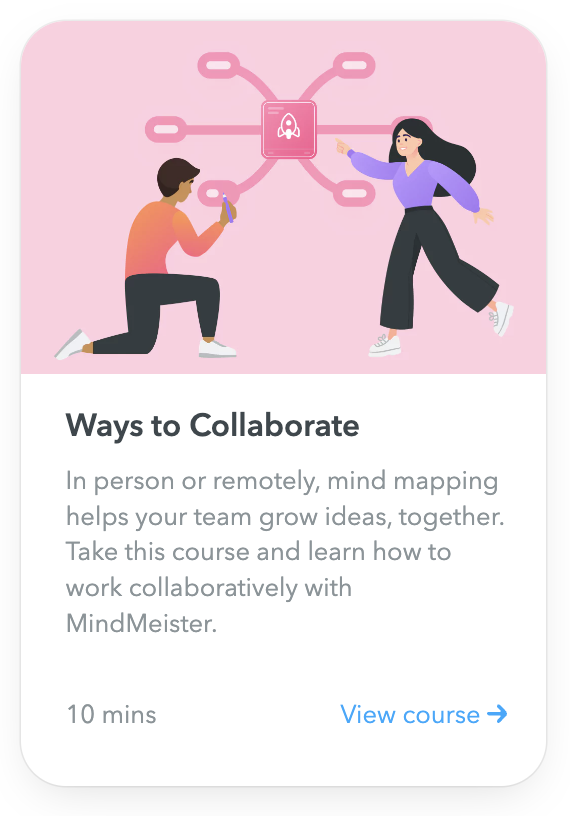⭐️ Get Started with Mind Mapping (Best Practices)!

Hi Community!
In the United States, the summer marks the end of the previous year’s Supreme Court term, and lots of court decisions are announced. These decisions can be extremely lengthy and complex.
As a retired judge, I have no problem understanding them when I read them but remembering them and all of the case’s nuances is another matter. For that, mind mapping can really help. I certainly don’t want to go reading a 50-60 page decision more than once.
I am sharing a mind map I made of a complicated case from my own area of legal expertise, U.S. Federal sector employment law. The case is called Savage v. Department of the Army. Ms Savage’s case involved multiple legal issues, and addressing her case is as complicated as taking a law school exam. Mind mapping the case really helps you understand what is going on.
1. Create your own mind map.
While this mind map is available in the MindMeister Public Maps Universe, it is most useful as a template to illustrate how you might map out a complicated court decision or any document for that matter. When I try to use a mind map somebody else wrote to summarize a court decision, a book, or something else, I often find it of little help. That is because mind mappers tend to use only a few words per topic. In fact, Tony Buzan, the “inventor” of mind mapping, famously taught that mind maps should only have one-word topics. While most mind mappers today do not follow that rule, mind mappers do use as few words as possible.
When looking at someone else’s mind map, I sometimes find myself asking, “Just what do those few words mean?” If I haven’t read the document being summarized, I can’t really follow the mind map.
When you write your own mind map, it is readily understandable and highly beneficial to you, even if it might not be very helpful to other people. For that reason, I always prepare my own mind map and do it while I am reading the court decision. That way, I don’t have to reread the decision because I will understand the mind map written using my words.
When I do use a mind map someone else created which summarizes something I have read, I promptly modify it, rewriting any topics which are not clear to me and adding things I think should be included in the map but were not already there. The point is: Make every mind map your own!
2. Put important quotations from the decision in a note within your mind map.
Sometimes a few keywords in a mind map topic might not be enough to help you remember what is significant about a court decision. When that happens, I cut and paste the actual important language from a PDF or online copy of the court decision and put it into a topic note on my mind map.
The fact that you need to do this does not mean that the mind map isn’t helpful. This allows you to access the information you need quickly by clicking on the note while avoiding cluttering up the mind map with excess verbiage. So, for example, the topic might be: “The legal standard for Summary Judgment.” And the note will contain the standard itself:
In determining if summary judgment is appropriate in a case where the plaintiff alleges that the contested personnel action is motivated solely by discrimination, the courts and the EEOC have traditionally followed the burden-shifting scheme of
McDonnell Douglas Corp. v. Green, 411 U.S. 792, 802-04 (1973).
3. Keep topic branches collapsed until you need to refer to them.
While a good mind map simplifies things, a really big, fully expanded mind map, like the one I created for the Savage case, can be both intimidating and off-putting:
When you just look at the collapsed map, the decision being summarized looks far more manageable, and it is easy to look at the main topics and decide what you want to read first. It operates like a Table of Contents:
By expanding only one main topic at a time to read or work, you achieve far better focus, and it makes the portion of the map you are using seem more simple:
4. Use file attachments liberally where needed.
Since the mind map is a summary of a court decision, I will attach a PDF copy of the court decision itself to the central topic so it is readily available should I need to refer to it. Hopefully, I won’t because my mind map will be sufficiently comprehensive, but it is reassuring to know that the actual decision is right there. Similarly, court decisions will cite other legal decisions. I will attach PDF copies of the important decisions cited, just in case. And if I have a mind map summarizing one of the decisions being cited, I will attach a topic link to that map so that I can easily access it through MindMeister.
5. Don’t use either relationship arrows or images excessively.
The trick to making the mind map useful is to avoid clutter. Having relationship arrows pointing every which way adds more confusion than clarity. A few relationship arrows, on the other hand, can be a time saver and make the map more understandable. Avoid clutter with passion!
Cute images have their place in some mind maps but not in others. This type of mind map is for professional reference, and I don’t use images or graphics at all unless I am using the map for making a presentation. Yes, I used a small graphic of a gavel in the central topic to make the map look “pretty” in this post. But that is the extent of it. On the other hand, if I were doing a mind map summary of an interesting novel or a non-fiction title about a historical event, a few graphics would not be out of place. Sometimes less is more.
I hope you found this interesting. Let me know if you have any questions!
Comments
-
Hi @Richard Vitaris,
Thanks so much for sharing these MindMeister best practices within your legal use case. This set of tips can be applied to anyone starting to use mind mapping in any industry and department. I highly recommend new users take a look!
Best,
Miša
1
Free Online Courses:


Categories
- All Categories
- 11 MeisterNote
- Deutsch
- English
- 126 Roadmap und Feature-Board
- Ankündigungen
- YouTube-Tutorials ansehen
- Erfolgsgeschichten lesen
- MeisterTask Academy
- Vorlagen
- Anwendungsfälle
- Help Center
- 38 Feature Roadmap
- 2 Announcements
- 2 Inspiration Hub
- 41 Ask the Community
- 60 Frag die MeisterTask-Community
- 2.1K MindMeister Community
- 1.3K MeisterTask
- Ask a Question
- Community auf Deutsch
- 579 MeisterTask - DE
- 117 Community Central





